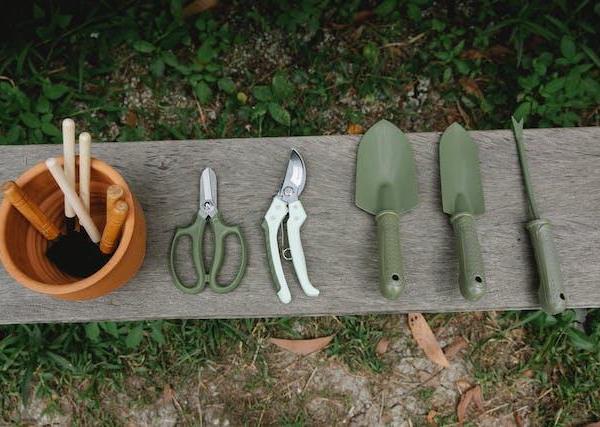Introduction
Maintaining a lush and lively lawn requires regular care and attention. Thankfully, there are several easy tricks and hacks that can help you achieve a healthy and vibrant lawn. In this guide, we will provide you with simple yet effective lawn care and maintenance hacks to keep your lawn looking its best.Mowing Techniques
- Set your lawnmower blades to the appropriate height based on the grass type. Different grasses have different ideal heights for optimal health.- Avoid cutting more than one-third of the grass blade's length at a time to prevent stress on the lawn.
- Alternate your mowing pattern each time you mow to prevent soil compaction and encourage upright growth.
Proper Watering
- Water deeply and infrequently rather than shallowly and frequently. This allows the roots to grow deeper and makes the lawn more drought-tolerant.- Water early in the morning to minimize evaporation and give the grass blades time to dry before evening, reducing the risk of disease.
- Use a rain gauge or a small container to measure how much water your lawn receives, aiming for about 1 inch of water per week.
Dealing with Weeds
- Regularly inspect your lawn for weeds and address them promptly to prevent them from spreading.- Pull out weeds by hand or use a weeding tool to remove them, ensuring you get the entire root system.
- Use an organic weed killer or herbicide if necessary, following the instructions carefully and selectively targeting the weeds.
Aeration
- Aerating your lawn helps alleviate soil compaction and allows air, water, and nutrients to reach the grass roots.- Rent or purchase a core aerator and use it to remove small plugs of soil from the lawn.
- Aerate in the spring or fall, when the grass is actively growing, and the soil is moist but not overly wet.
Fertilization
- Apply a slow-release nitrogen-based fertilizer to your lawn in the spring and fall to promote healthy growth.- Use a spreader to ensure even distribution of the fertilizer.
- Choose a fertilizer specific to your grass type and follow the recommended application rates.
Overseeding
- Overseeding helps fill in bare patches and improves the density of your lawn.- Choose a high-quality grass seed blend that matches your existing grass type and climate.
- Prep the soil by removing debris and loosening the top layer before spreading the seeds. Keep the seeded area moist until the new grass establishes.
Controlling Lawn Pests
- Regularly inspect your lawn for signs of pests such as grubs or chinch bugs.- Use organic pest control methods or insecticides specifically formulated for lawn pests.
- Follow the instructions carefully and apply treatments as needed to control and prevent infestations.
Edging and Trimming
- Edge your lawn along walkways, driveways, and garden beds to create a clean and crisp appearance.- Use a manual edging tool or a power edger to create a defined edge.
- Trim along the edges of your lawn with a string trimmer to keep the grass neat and prevent it from encroaching on other areas.
Fall Cleanup
- Rake and remove fallen leaves from your lawn in the fall to prevent them from smothering the grass.- Consider mulching the leaves with a mulching mower, which chops them into smaller pieces that can decompose and nourish the soil.
Regular Maintenance
- Regularly remove debris, such as sticks or toys, from your lawn to prevent damage to the grass.- Keep your lawnmower blades sharp to ensure clean cuts and avoid tearing the grass blades.
- Address any bare or thin spots promptly by reseeding or patching to maintain a uniform and healthy lawn.



